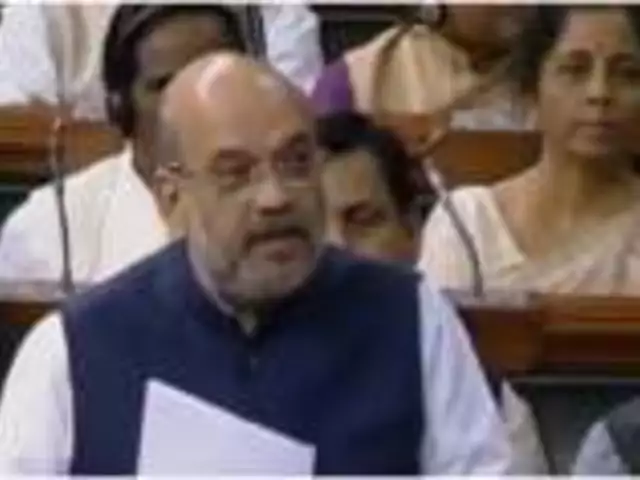
The Times of India (TOI) was once a beacon of reliable and quality journalism. Founded in 1838, the newspaper has long been a staple of Indian news and has grown to become one of the world’s most widely read and respected newspapers. Unfortunately, in recent years, the quality of reporting at the TOI has been in sharp decline.
The primary culprit behind the TOI’s declining quality is its focus on sensationalism. TOI has shifted away from its roots of being a paper that deals with real news and instead has chosen to focus on stories that are designed to grab attention and generate maximum clicks. This has resulted in a “clickbait” culture at the paper, where the headlines are designed to draw readers in and the stories often lack depth and accuracy.
In addition to its focus on sensationalism, the TOI has also been criticized for its lack of fact-checking and its biased reporting. Many readers have noted that the paper often takes a one-sided view on certain topics, and that its reporting is often not based in facts. This has led to a large number of complaints from readers who are unhappy with the quality of the paper’s journalism.
The Times of India’s decline in quality journalism is a serious problem that has been lamented by many in the Indian media world. If the paper is to remain a reliable source of news in India, it must make a concerted effort to focus on quality journalism and fact-checking. Only then can it regain its reputation as one of the world’s leading newspapers.
In today’s digital media age, it is essential for media outlets to evolve and adapt to the changing landscape. Unfortunately, the Times of India (TOI) has failed to do this, and as a result, its relevancy and readership have been in decline. The TOI has been around since 1838, but in the last decade or so, it has failed to keep up with the changing times.
One of the most glaring problems with the TOI is its website. The website is outdated and clunky, with an archaic design that leaves a lot to be desired. The navigation is difficult and the layout is cluttered and unappealing. The mobile version of the site is even worse, and it is difficult to navigate on a small screen. This is a huge issue, as most people now access their news through a mobile device.
Another major issue is the lack of quality content. Many of the stories published by the TOI are sensationalized and lack depth. There is also a lack of originality and creativity, with much of the content being repurposed from other sources. This is a major problem, as readers are looking for content that is both informative and entertaining. The TOI has failed to provide this.
Finally, the TOI has failed to capitalize on the potential of social media. Although it does have a presence on platforms like Facebook and Twitter, it does not engage with its readers or use these platforms to its full potential. There is also a lack of multimedia content, such as videos and photos, which are essential for engaging readers in the digital age.
Overall, it is clear that the Times of India has failed to adapt to the digital media age. This is a huge issue, as it is essential for media outlets to stay relevant in order to stay competitive. The TOI needs to make some major changes in order to remain competitive in today’s digital landscape.
In recent years, the Times of India has seen a steady decline in reader trust and loyalty. This has been due to a number of factors, from the paper’s lack of unbiased reporting to its heavy emphasis on advertisements. Here is an analysis of what is wrong with the Times of India and how it can be improved.
Lack of Unbiased Reporting
The Times of India’s reporting has been heavily criticized for its lack of unbiased reporting. The paper has been accused of taking sides in political debates and often presenting news in a biased manner. This has caused many readers to distrust the paper, as they are not sure if they are getting the full story. In order to regain the trust of readers, the Times of India should focus on providing unbiased reporting that presents all sides of an issue.
Heavy Emphasis on Advertising
The Times of India has also been heavily criticized for its heavy emphasis on advertising. The paper often includes large amounts of advertisements, which can be distracting for readers and take away from the content of the paper. In order to regain reader loyalty, the Times of India should focus on reducing the amount of advertising and providing more content for readers.
Lack of Engagement With Readers
The Times of India has also been criticized for its lack of engagement with readers. Many readers have expressed frustration with the paper’s failure to respond to their queries and comments. In order to regain the trust of readers, the Times of India should focus on engaging with readers and responding to their queries in a timely manner.
Conclusion
The Times of India has seen a steady decline in reader trust and loyalty due to its lack of unbiased reporting, heavy emphasis on advertising, and lack of engagement with readers. In order to regain the trust of readers, the Times of India should focus on providing unbiased reporting, reducing the amount of advertising, and engaging with readers. By addressing these issues, the Times of India can regain the trust of readers and become a trustworthy and reliable source of news.



